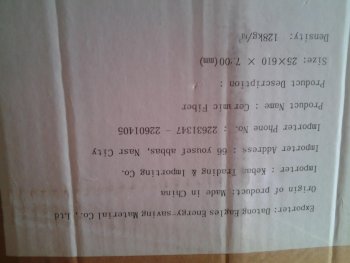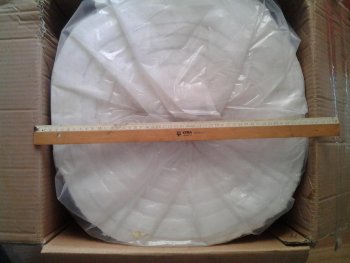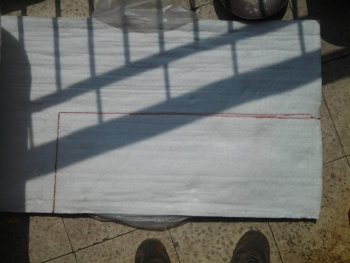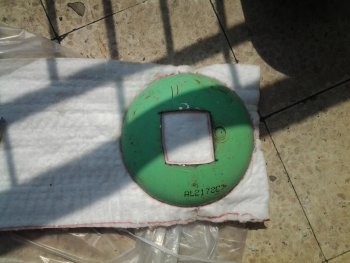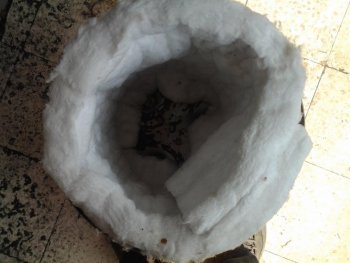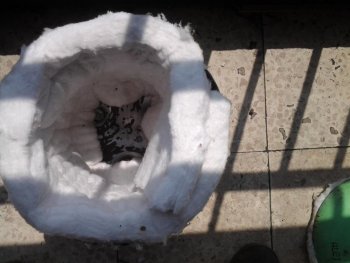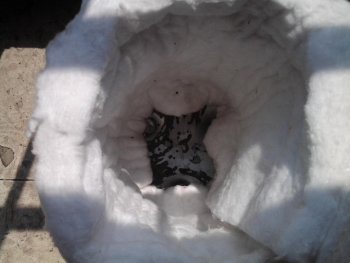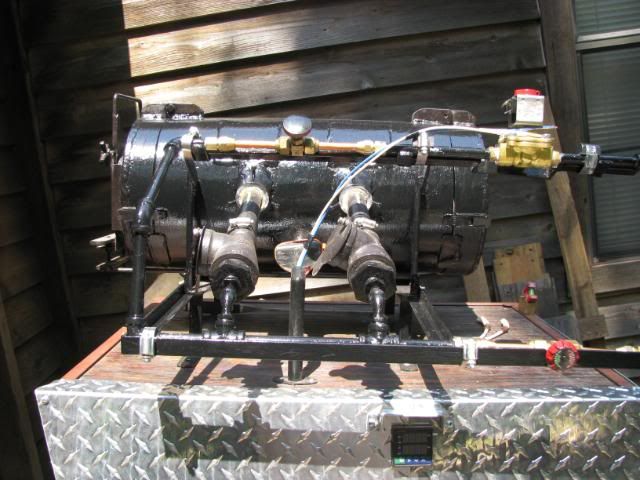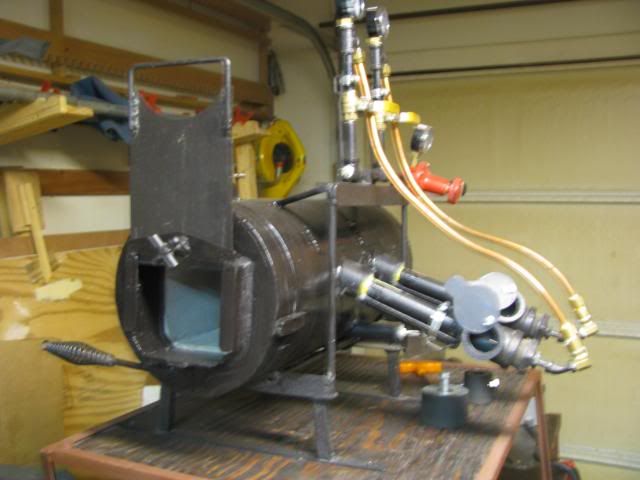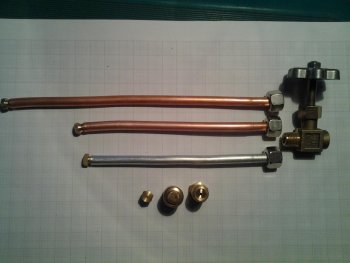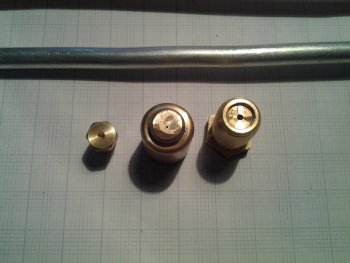SHOKR
Well-Known Member
hey all
been wanting to build a gas forge for a while, and finally started.

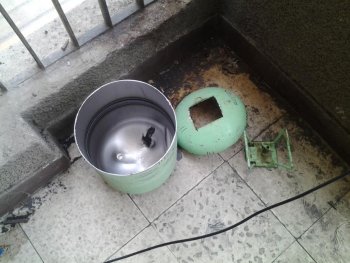
i bought an old freon tank, and cut front 'door' and the opening, wasnt sure how big of an opening i would need so cut the smallest to remove valve and would enlarge it if needed. i plan to use one blown burner (yet thats a whole other story for me) i plan to line it with one layer of 1' ceramic fiber, cover it with whatever equivalent of satanite i can find, then cement and lay half a brick at the bottom
today i read 4+ on how to build this and still not even close to being done!!
but baby steps
i went in the market and bought the cement, 2 bricks (will split one in two for the base, the other is just backup)
my problem is satanite, a LOT say i better use it, but its not available around here, i did find 'mortar' tho, would that replace satanite? as far as i know the satanite is mixed with water, however the seller gave me a liquid (hardner) to mix with the mortar
there was another material i dont really know the name of, but it was like very small fibers, i DOUBT that would be good for a forge!!
that is my more demanding concern, however i have few other questions
1 - the back opening, i THINK Ed Caffrey said its good for air circulation, but yet again i read so much i might be confused, does it have to be open always? and same size as the front?
2 - the burner hole in the forge, should it be at the top of the forge or bit lower? ( i know it should be tangent, but i wonder which location is best for the flame to 'hit'
3 - how big of blower (air source) would i need for that size of forge?
thanks
been wanting to build a gas forge for a while, and finally started.


i bought an old freon tank, and cut front 'door' and the opening, wasnt sure how big of an opening i would need so cut the smallest to remove valve and would enlarge it if needed. i plan to use one blown burner (yet thats a whole other story for me) i plan to line it with one layer of 1' ceramic fiber, cover it with whatever equivalent of satanite i can find, then cement and lay half a brick at the bottom
today i read 4+ on how to build this and still not even close to being done!!
but baby steps
i went in the market and bought the cement, 2 bricks (will split one in two for the base, the other is just backup)
my problem is satanite, a LOT say i better use it, but its not available around here, i did find 'mortar' tho, would that replace satanite? as far as i know the satanite is mixed with water, however the seller gave me a liquid (hardner) to mix with the mortar
there was another material i dont really know the name of, but it was like very small fibers, i DOUBT that would be good for a forge!!
that is my more demanding concern, however i have few other questions
1 - the back opening, i THINK Ed Caffrey said its good for air circulation, but yet again i read so much i might be confused, does it have to be open always? and same size as the front?
2 - the burner hole in the forge, should it be at the top of the forge or bit lower? ( i know it should be tangent, but i wonder which location is best for the flame to 'hit'
3 - how big of blower (air source) would i need for that size of forge?
thanks
Last edited:


